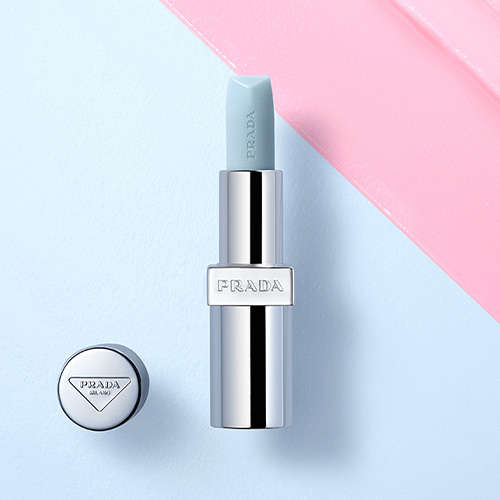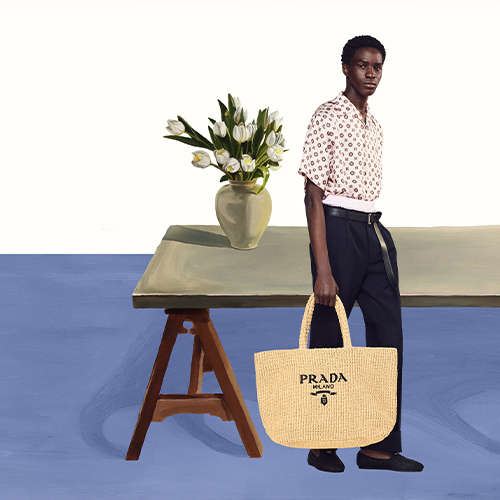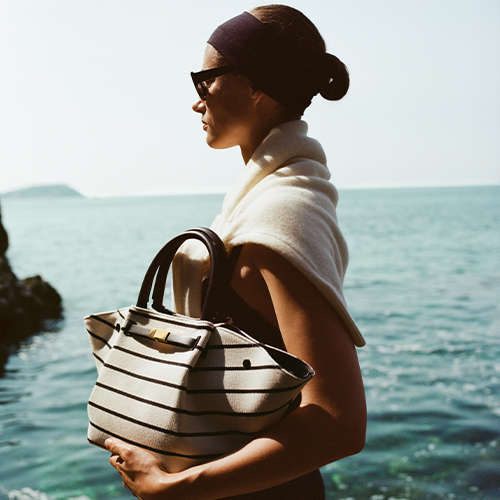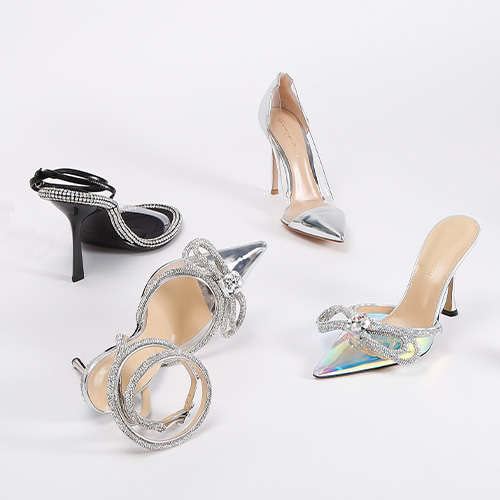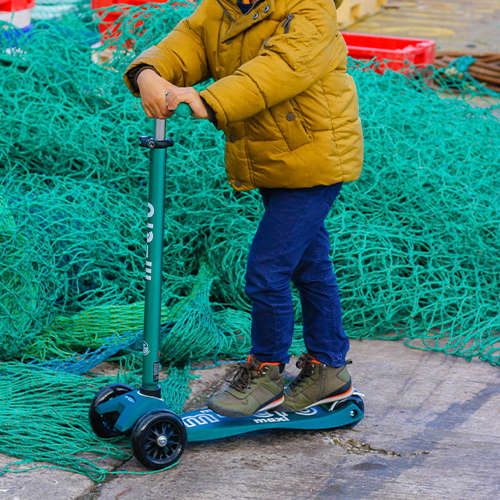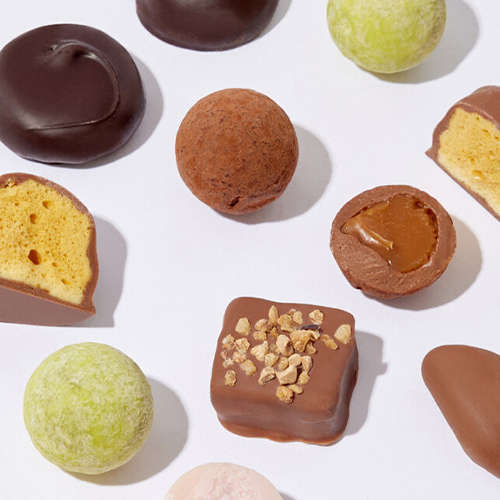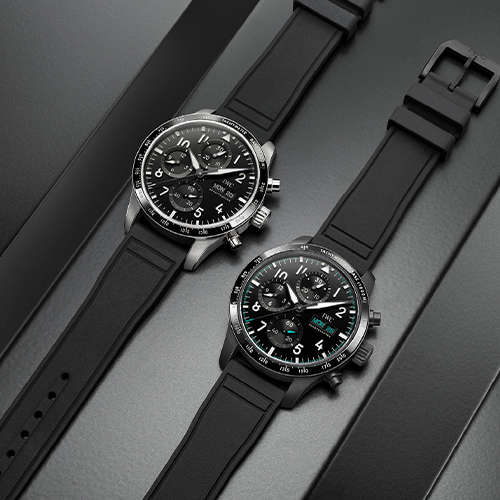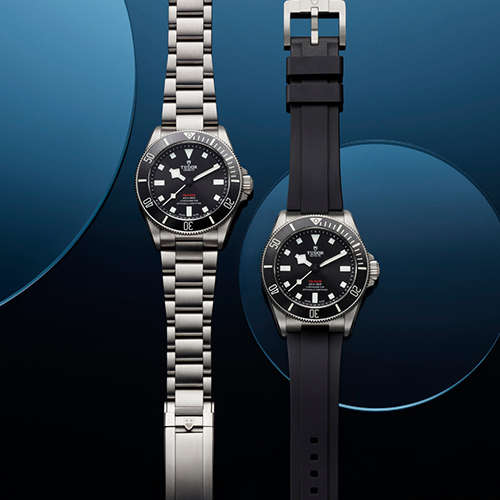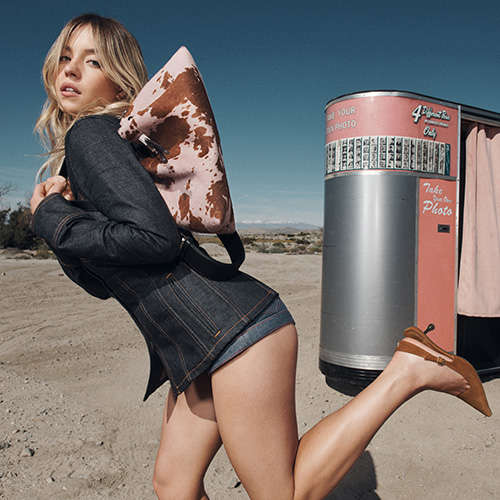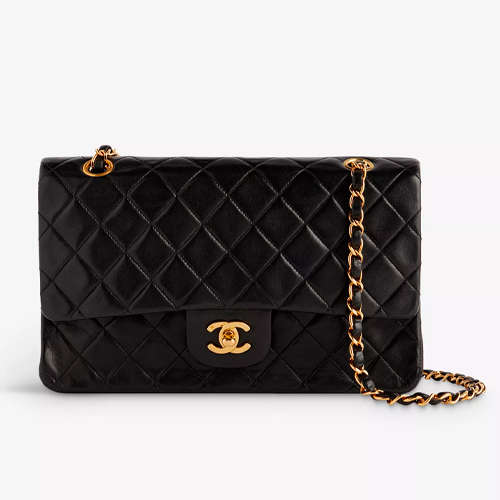- Australia / AUD $
- Canada / CAD $
- China / CNY ¥
- France / EUR €
- Germany / EUR €
- Hong Kong SAR China / HKD $
- Ireland / EUR €
- Italy / EUR €
- Japan / YEN ¥
- Kuwait / USD $
- Macao SAR China / HKD $
- Netherlands / EUR €
- Qatar / USD $
- Saudi Arabia / USD $
- Singapore / SGD $
- South Korea / KRW ₩
- Spain / EUR €
- Taiwan / TWD $
- United Arab Emirates / USD $
- United Kingdom / GBP £
- United States / USD $
- Not yours? Read more
Tell us what you think
Shop in your local currency and language
You are currently in United States US / USD $ store
- English
- English
- English
- English
- English
- English
- English
- English
- English
- English
- English
- English
- English
- English
- English
- English
- English
- English
- English
- English
- English
Did you know that we deliver to 130 countries or regions and offer a range of delivery options to suit you wherever you are in the world? Find out more
Sign up once to our Selfridges+ service and you can enjoy unlimited deliveries wherever you are in the world. FIND OUT MORE
International delivery
With almost everything on selfridges.com available for International Delivery, you can send your order to 130 countries or regions around the world, including North America, Australia, the Middle East and China.
Although we only offer 20 currencies to browse in online, you can still deliver to all of the following countries or regions:
- Algeria
- Andorra
- Antigua and Barbuda
- Aruba
- Australia
- Austria
- Azerbaijan
- Bahrain
- Bangladesh
- Barbados
- Belarus
- Belgium
- Belize
- Bermuda
- Bolivia
- Botswana
- Brunei
- Bulgaria
- Cambodia
- Canada
- Cayman Islands
- Chile
- China
- Colombia
- Costa Rica
- Croatia
- Cyprus
- Czech Republic
- Denmark
- Dominica
- Dominican Republic
- Ecuador
- Egypt
- El Salvador
- Estonia
- Finland
- France
- French Guiana
- Germany
- Gibraltar
- Greece
- Grenada
- Guadeloupe
- Guatemala
- Guernsey
- Guyana
- Honduras
- Hong Kong
- Hungary
- Iceland
- India
- Indonesia
- Ireland
- Israel
- Italy
- Jamaica
- Japan
- Jersey
- Jordan
- Kazakhstan
- Kenya
- Kuwait
- Laos
- Latvia
- Lebanon
- Lesotho
- Liechtenstein
- Lithuania
- Luxembourg
- Macau
- Malaysia
- Maldives
- Malta
- Martinique
- Mayotte
- Mexico
- Monaco
- Montserrat
- Morocco
- Myanmar
- Namibia
- Netherlands
- New Zealand
- Nicaragua
- Nigeria
- Norway
- Oman
- Pakistan
- Panama
- Paraguay
- Peru
- Philippines
- Poland
- Portugal
- Puerto Rico
- Qatar
- Reunion
- Romania
- Rwanda
- Saint Kitts and Nevis
- Saint Lucia
- Saint Martin (French part)
- San Marino
- Saudi Arabia
- Serbia
- Singapore
- Slovakia
- Slovenia
- South Africa
- South Korea
- Spain
- Sri Lanka
- Suriname
- Swaziland
- Sweden
- Switzerland
- Taiwan
- Tanzania
- Thailand
- Trinidad and Tobago
- Turkey
- Uganda
- Ukraine
- United Arab Emirates
- United Kingdom
- United States
- Uruguay
- Venezuela
- Vietnam
Reimagining our Material World
We meet the pioneers crafting a new future for fashion
Words: Chekkii Harling
London Fashion Week is adopting a more sustainable, physical-meets-digital schedule this season, and our thought-provoking online panel discussion Reimagining Our Material World is taking place tomorrow, so, we caught up with some of our favourite pioneering labels to talk about their planet-friendly design approaches and the longevity of fashion week. From Susan Fang’s accessories that are delicately handcrafted from damaged marbles to John Smedley’s finest merino wools, discover how these designers are reinventing luxury for an earth-conscious future.
PETERSON STOOP
Giving second-hand trainers a new lease of life
Made from: Old, repurposed trainers such as Nike Air Force 1s, adidas Stan Smiths and Converse All Stars. Stoop revitalises the old trainers with natural materials, including cork and vegetable-tanned leather. For the outer soles, the brand uses recyclable TPU – a material developed in collaboration with WORTH Partnership Project, a European initiative in which designers, manufacturers and tech providers work together to develop innovative, design-oriented business ideas.
CO-FOUNDER JARAH STOOP IN CONVERSATION
Their sustainable story:
“It came after we were commissioned by the Het Nieuwe Instituut museum to design and produce 24 pairs of extremely high heels. We realised first-hand how terribly unhealthy the footwear manufacturing industry is – particularly in its use of harmful chemicals. We started to explore more sustainable options and have never looked back.”
What processes are involved in creating a reconstructed Peterson Stoop shoe?
“When we receive the shoes, we remove the existing soles by placing them in boiling water to remove the glue and then give them a deep clean. Next, we decide which design would work best, depending on the type of shoe. Some are then lightly painted to brighten and, once dry, we add the new soles. We designed this process specifically so the shoes can be resoled time and time again. Once your Peterson Stoop soles have worn down, you can send them back to our studio for repair, or you can take them to your local cobbler who can replace the soles for you.”
What inspires the design process?
“When we are designing a new collection, we often find inspiration in artisanal shoemaking or leatherwork techniques. The Peterson Stoop wearer is someone who loves and respects artisanal craftsmanship and appreciates the cultural status of the iconic sneakers we are honouring through our work.”
What does the future of fashion week look like to you?
“Brands will continue to develop more interesting ways to present their collections digitally. I think the biggest challenge will be to incorporate a more personal approach, in which people can experience fashion with all their senses again – fashion is a physical, material experience. We need to feel fashion on our bodies to truly understand what the designer is trying to express.”
“We realised first-hand how terribly unhealthy the footwear manufacturing industry is… We started to explore more sustainable options and never looked back.”
- Jarah Stoop (Co-Founder, Peterson Stoop)
GABRIELA HEARST
Earth-conscious fashion that we want to wear again and again
Made from: Gabriela Hearst makes pieces from natural fibres, using the highest-quality craftsmanship. The team works with multi-generational, family-run mills that care about how products are produced. One of Gabriela’s favourite materials is aloe linen, but if she had to work with one material for the rest of her life, it would be merino wool – for its resilience. “What people don’t realise is that wool can protect you through the seasons because it regulates your body temperature – in Roman times, that was how Europeans were dressed,” the designer explained to us.
GABRIELA HEARST IN CONVERSATION
How can you tell whether materials are sustainable?
“Research. I am also able to distinguish authenticity and quality pretty quickly. I have a ‘no-plastic policy’ in my company: there are no plastic bottles in the store or in the showroom. We have cardboard hangers, and all of our packaging is compostable.”
How does Gabriela Hearst put on fashion shows while staying true to the brand’s values?
“Everything was reclaimed at our last show; the set was made from bales of recycled paper that went back to the recycling facility. It was a beautiful show about waste. Waste does not exist in nature; it’s a design flaw. We also worked in collaboration with the production company EcoAct, who helped us to measure the brand’s carbon footprint.”
Why did you decide to offset the carbon emissions produced by the Gabriela Hearst SS20 runway show?
“Neutrality is like when you visit a restaurant and you give an extra tip: it is good, but the best thing you can do is not produce as much carbon in the first place. We also implemented Eon technology so that all the raw materials that were used to make the garments are traceable for the customer via a QR code attached to the garments. It tells them why we decided to use that particular hemp, for instance.”
What does the future of fashion week look like to you?
“Fashion and fashion week will always exist as long as we exist because it’s intrinsic to our species to always adorn and decorate ourselves. So, I don’t think fashion will be dead, but we do need to have mindful fashion, which is knowing what impact the clothing we wear has on the environment – this is the number-one priority right now.”
Waste does not exist in nature; it’s a design flaw.
- Gabriela Hearst (Founder, Gabriela Hearst)
PATAGONIA
An outerwear brand going right back to the source
Made from: Organic cotton and recycled synthetic fibres. Apart from being crafted with the Earth in mind, Patagonia also helps to provide support for environmental charities with its self-imposed Earth tax and has become a true disruptor in the fashion industry by helping to drive the conversation around climate change with bold actions as well as words.
THE PATAGONIA TEAM IN CONVERSATION
What is Patagonia’s Regenerative Organic Agriculture initiative (ROA), and why was it launched?
“Conventional agriculture contributes to 25% of the emissions that are driving the climate crisis. Put simply, regenerative organic methods build healthy soil, which helps draw carbon out of the atmosphere and back into the ground. We believe that this particular method of farming has the potential to change the way we grow food and fibres to help restore the health of our soil and climate. When you buy a Regenerative Organic CertifiedTM (ROC) product, you can be assured that sustainability has been vetted – from social responsibility for labour and soil health to fighting climate change and animal welfare. No other label offers that level or breadth of assurance across all responsibility areas.”
Which materials has Patagonia produced through its ROA programme?
“Since the mid-1990s we have been using organic cotton in our products. Less than 1% of the cotton grown worldwide is organic, yet it reduces CO2 emissions by 45%, uses 87% less water and doesn’t rely on the synthetic pesticides needed to grow conventional cotton. We are currently helping farmers make the transition from conventional to organic cotton through a scheme that allows organic farmers to sell their product while they’re in the process of getting certified. We took this one step further a couple of years ago by partnering with 150 farms in India to grow our first crop of Regenerative Organic Certification Pilot Cotton. There are now over 800 farms taking part in the pilot, and we hope to be able to offer more as the programme progresses.”
How can an apparel brand be used as a force for environmental change?
“Patagonia’s mission statement is ‘We are in business to save our home planet’, and we take this very seriously. As a business, we know that our activities – from lighting our stores to dyeing our T-shirts – are part of the problem. We work steadily to change our business practices and share what we’ve learnt; we believe in not only doing less harm but also doing better. We also embrace risk, and our successes tend to come about when we try to develop new ways of doing things.
“One of the best ways to limit the ecological impacts of our business is to produce goods that function well, last for generations and that can be repaired or recycled at the end of their life. Making great products really matters when it comes to saving the planet.”
JOHN SMEDLEY
Heritage knitwear made in the UK
Made from: In its 236-year history, John Smedley has only ever created garments with wool and cotton, both of which are natural and 100% biodegradable. John Smedley's merino wool is extra fine and can only be grown in New Zealand by the partners John Smedley has worked with for over 25 years. The brand sources its high-quality Sea Island cotton from farms that are BCI approved (ensuring that farmers have financial security and better working conditions) and OEKO-TEX certified (meaning every thread is free from harmful substances). John Smedley knitwear has always been produced and packaged in two UK-based factories – one in Derbyshire and the other in South Yorkshire.
IAN MACLEAN MANAGING DIRECTOR OF JOHN SMEDLEY IN CONVERSATION
What are the John Smedley design signatures?
“What distinguishes the John Smedley house style from every other brand is the fineness and smoothness of our yarns. Those ‘in the know’ will be able to identify another John Smedley wearer from a distance, simply by being familiar with the finish and appearance of our knitwear. We don’t put any logos on any of our knits – a sense of connoisseurship is required.”
How is John Smedley moving towards a more sustainable future?
“Over the past five years, we’ve been significantly influenced by the Royal Warrant Holders Association (we received our Royal Warrant in 2013) and the UN Alliance for Sustainable Fashion, which we joined last year. Through both of these organisations, we have learned how to measure our carbon footprint, reduce waste, recycle more and educate ourselves further on all of these issues, and, as a small business, we are applying best practices as they develop.”
What does the future of fashion week look like to you?
“New ways have to be found to deliver the benefits of fashion week, but with far fewer CO2 emissions. Possibilities could include merging several fashion weeks into one event and focusing on digital.”
In its 236-year history, John Smedley has only ever created garments from wool and cotton, both of which are natural and 100% biodegradable.”
- Sarah Sharma (Account Manager, John Smedley)
SUSAN FANG
Accessories, crafted from waste, that pay homage to the ocean
Made from: Damaged deadstock marbles, sourced from the Hebei marble factory in north China, which are sewn together by Susan, her mother and two design assistants in their London-based studio. Since the launch of her first collection, Susan Fang has been conscious about reducing waste and upcycling for future seasons. The founder’s parents used to be farmers, which led her to notice that, in nature, a single plant has multiple uses, and nothing goes to waste – a mindset that continues to inspire her design aesthetic and practice.
SUSAN FANG IN CONVERSATION
What is involved in the process of air-weaving?
“The air-weave technique is a way to give body and character. We have made a specific board for working with 2-D and 3-D materials – it’s made by hand and involves pins sitting vertically, which allows us to weave in a 3-D manner. This method is sustainable, as we use strips of laser-cut fabric – which means there is zero waste – and then we pin the strips of fabric to the board and hand-stitch each intersection to create moving accessories and garments.
Who do you have in mind when you design?
“Our customer is somebody who loves art and appreciates nature – Susan Fang pieces always reference the natural world.”
What would you recommend wearing with a Susan Fang bag?
“With your everyday wardrobe. From events to the workplace, our Bubble bags are incredibly versatile for different occasions.”
What’s next for the brand?
“We are planning to launch a loungewear and childrenswear range, as well as develop our accessories line with leather goods. In October, we’re visiting the Yi [community] in Xichang, Liangshan, where we will continue working alongside the Bloom charity, who work with disadvantaged families. We’ll be teaching the community how to create bags using offcut fabrics from previous seasons, with 100% of the proceeds being used to support their livelihoods. We hope to train them in the Susan Fang beading technique to create jobs and fair wages within their community. At Susan Fang, the focus is on craft.
What does the future of fashion week look like to you?
“The future of fashion week, I hope, will be very free and open. The main fashion seasons may still remain, but releasing collections should vary in timeline, depending on the brand’s story and should take on different forms. People are now open to more diverse ways of releasing a collection and challenging the idea of what a fashion show is. I see fashion week becoming more about how brands deliver their message.”
We hope to train the Yi community in the Susan Fang beading technique to create jobs and fair wages. At Susan Fang, the focus is on craft.
- Susan Fang (Founder, Susan Fang)
JOIN OUR ONLINE PANEL DISCUSSION
Join our thought-provoking online panel discussion ‘Reimagining our Material World’on Sunday 20 September at 6.30pm
Here, designer and host Patrick Grant with be joined by model Arizona Muse, sustainability expert Dio Kurazawa and Oxfam Fashion Advisor Bay Garnett, as part of our Project Earth events schedule.

